What Is The BRRR Strategy?
Written by Guest Author: Ronald A. De Coteau
In today’s world of capitalism and entrepreneurism, there is a real sense of abundance. There is no shortage of opportunity if your mind is attuned to the possibility. Many Ontarians have created a side hustle by investing in real estate, which has afforded many part time real estate investors the opportunity to expand their freedom or completely control it. Just like any business, real estate investors are creating a product and distributing it in the marketplace. This product is known as a rental unit and they are in high demand because of immigration policies that welcome hundreds of thousands of new immigrants into Ontario. As a result, there is high demand for the rental product and real estate investors are encouraged by progressive provincial policies to develop attainable housing options within established neighbourhoods.
The BRRR strategy (Buy, Renovate, Rent, Refinance) also known as “flip to yourself” is the driving philosophy behind how real estate investors are profiting by creating rental apartments. Here’s how it works:
1) Buy a property that has the potential for value to be added
2) Renovate the property to meet the necessary health and safety standards
3) Rent the property out to the highest quality tenant
4) Refinance at your local bank to extract the value created
5) Repeat the process by purchasing another property
In other words you are first buying a property and then finally flipping the profits to yourself hence the term “flip to yourself”. In theory that’s what the process looks like, but in reality it requires a lot more steps and a much larger team to actualize the results of the “flip to yourself” methodology. At each stage of the buy, renovate, rent, refinance and repeat process you need to assemble a team of professionals that will aid in the successful completion of each step.
1) Before buying, consult with a mortgage broker, real estate agent, real estate lawyer, home inspector, and real property appraiser
2) Before renovating, consult with a license contractor, and professional designer
3) Before renting, you should consult with a property manager, and real property appraiser
4) Before refinancing, you should consult with a mortgage broker
5) Before repeating the process, you should consult with a real estate coach
When assembling your real estate investment portfolio here are some of the asset classes that you can invest in as a small scale real estate developer:
Single Family Flip: This method of real estate investing is not very common in a high interest rate environment. However, it can be profitable if you are able to find properties at a discounted purchase price and create sufficient value that would justify the effort involved. This method does not involve renting or refinancing off the property and if not done with prudence, any opportunity to repeat will be evaporated. While it can be a strategy for income generation, it is not ideal wealth generation.
Two unit conversion: This method is often where most real estate investors begin. It involves taking a single-family home and converting it into a two unit dwelling often referred to as a duplex. The first step here is to ensure that the property is located in a community that supports the land use of these additional residential units and that the property would meet all the zoning bylaw requirements. In some cases, if the property is located on conservation land, development of an additional residential unit may not be allowed and your real estate investing dreams can be frustrated, so be sure to speak with a design professional.
Triplex: With this form of real estate asset, you essentially create 3 dwelling units in one property which can be more advantageous for your real estate investing portfolio. However, this requires significantly more consideration with regards to zoning bylaws and building code requirements. There is a higher risk of the building not meeting health and safety standards in addition to lacking conformity with existing land use policies. I typically recommend this as a viable strategy for real estate investors that have navigated the BRRR process at least a couple times because it requires a higher risk tolerance.
Multifamily: Once you have several successful property conversions under your belt, it makes sense to advance your strategy into multifamily residential developments and residential conversions. This can take the form of converting a single family 2 ½ story property into three or more dwelling units if the footprint would allow. Often it may require a larger renovation budget for a larger scale renovation such as removing the roof and adding a third story or modifying the roofline to include a dormer roof, or underpinning the foundation to increase headroom clearance. Though, I use the term residential conversions loosely, I’m referring to the conversion of a commercial or industrial property into multi residential use. This is yet another level of advanced real estate that will require the assembly of a highly professional team to navigate the buying, renovating, renting, refinancing, and repeating.
If you’re questioning whether real estate investing is still a great way to generate long term wealth and create financial freedom, I encourage you to join a network of real estate professionals that can help advance your real estate investing aspirations.

